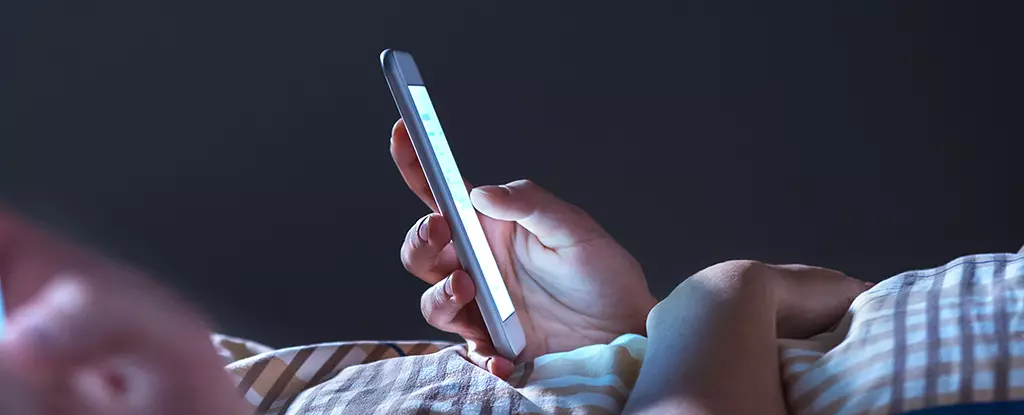In today’s hyper-connected world, smartphones have become a vital extension of ourselves. Most individuals find themselves reaching for their devices at all hours, often checking notifications or scrolling through social media without a second thought. This habitual engagement raises questions about its psychological and neurological impacts. A recent study conducted by researchers from Heidelberg University and the University of Cologne in Germany undertakes to explore this dynamic by examining the effects of a brief period of smartphone abstinence on brain activity.
The researchers recruited 25 participants, all young adults aged between 18 and 30, to partake in a controlled study where they limited their smartphone use to only essential communications and work-related tasks for a total of 72 hours. This digital detox aimed to assess how such restrictions would impact brain function, particularly through the lens of addiction. Before and after the period of reduced smartphone use, the participants underwent magnetic resonance imaging (MRI) scans and psychological assessments, providing rich data to analyze the effects of the detox.
Understanding the Neurobiological Impacts
The results of the study were revealing. Following the three-day period without extensive smartphone use, participants were shown images, including those of smartphones—both active and inactive—as well as neutral representations like nature scenes. The ensuing brain scans uncovered significant changes in areas associated with reward processing and cravings. Notably, these alterations mirrored brain activity patterns typically observed in substance addiction scenarios, suggesting that smartphones might exert an addictive pull comparable to that of nicotine or alcohol.
Moreover, the researchers noted that these changes were intertwined with neurotransmitters such as dopamine and serotonin. These chemicals play crucial roles in regulating mood and compulsive behaviors, reinforcing the possibility that our phones serve as more than mere tools; they could evoke powerful biological responses akin to addiction.
Interestingly, while brain activity suggested heightened cravings linked to smartphone use, psychological tests indicated no change in the mood of participants. Although some individuals self-reported mood improvements during the study, these findings did not translate into measurable results. This paradox raises compelling questions: Why did the brain show signs of addiction while the participants didn’t feel psychologically deprived?
The researchers acknowledge the complexities involved, stating that their findings do not clarify the volition behind cravings—was it the desire for smartphone interaction itself, or was it more about the social connections that often accompany such devices? They recognized the need for future research to disentangle these intertwined aspects, emphasizing the intricate relationship between our digital devices and social psychology.
This research, while insightful, provides only a snapshot of a burgeoning area of study regarding smartphone use and its effects on the human psyche and neurological pathways. As the digital landscape continues to evolve at a rapid pace, our understanding of its implications remains formative. The findings underscore how withdrawal from smartphones can prompt notable neural responses, revealing that excessive use may predispose certain individuals to addictive behaviors.
The most significant takeaway from this study is the cautionary message about the potential for smartphones to foster compulsive behavior. As we move forward, it becomes increasingly important to navigate our digital lives mindfully. Researchers advocate for additional studies that not only broaden the demographic scope but also explore the diverse range of smartphone activities to better understand their varying impacts on behavior and brain function.
This investigation serves as a wake-up call. As we rely more on our smartphones, it’s imperative to understand how these devices shape our identities and behaviors. By recognizing the signs of addiction and fostering healthier digital habits, we may regain agency over our interactions, reshaping how we connect, communicate, and ultimately, what it means to be human in an ever-evolving digital landscape.

